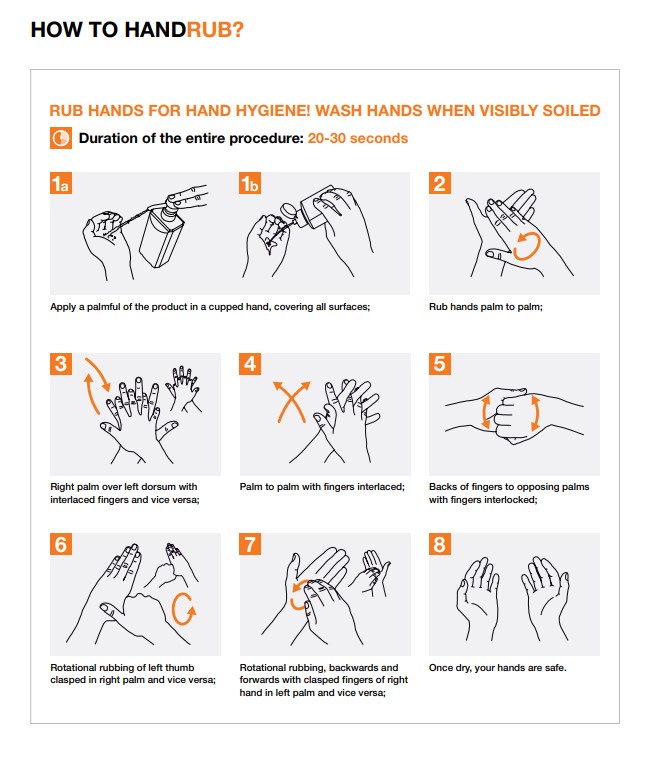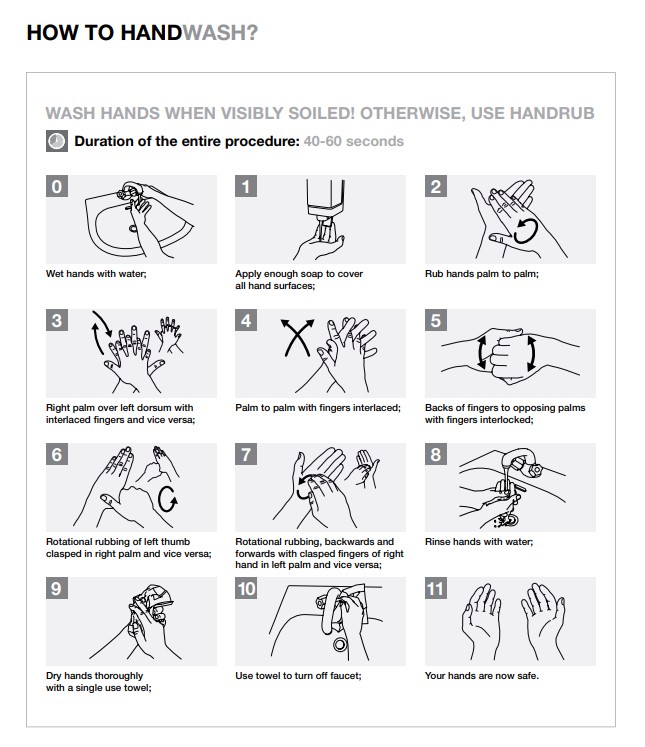15 August 2022

Dr Peter Moss has been a consultant in infectious diseases since 1999. He has worked within the full range of infectious diseases, and was the Director of Infection Prevention and Control for more than 10 years. Since 2020 much of his time has been devoted to managing patients with COVID-19. Dr Moss will be issuing a series of bulletins to help inform the public of the medical background of COVID-19. These bulletins are aimed to help provide reassurance and advice to the community during the transition towards eventually ‘Living with COVID’.
The main way in which SARS CoV2 is passed from person to person is by airborne spread, when an
infected person coughs or sneezes. However the virus can also survive for some hours on hard
surfaces, so you can catch it by touching these surfaces and then your face. Frequent hand hygiene is
therefore one way of reducing the risk of catching SARS CoV2, especially in public places. This also
prevents the spread of other infections such as gastroenteritis.
Which is better: soap and water, or sanitiser?
We don’t really know the answer to this for SARS CoV2. For some infections that cause diarrhoea and
vomiting, soap and water is a better way of cleaning than using sanitiser gels or liquids. For SARS
CoV2 both seem to work quite well. The Centers for Disease Control (CDC) in the USA recommend
soap and water as the first choice.
Wash your hands often with plain soap and water. The CDC recommends washing your hands often
with soap and water for at least 20 seconds [the WHO recommend 40 seconds], especially after you
have been in a public place, or after blowing your nose, coughing, or sneezing. If soap and water are
not available, the CDC recommends using an alcohol-based hand sanitizer that contains at least 60
percent alcohol.
There is currently no evidence that consumer antiseptic wash products (also known as antibacterial
soaps) are any more effective at preventing illness than washing with plain soap and water. In fact,
some data suggests that antibacterial ingredients could do more harm than good in the long-term and
more research is needed.
If using a hand sanitiser, make sure that it is one that is both effective and safe. Gels or liquids
containing at least 60% alcohol are the best. It is very important however, to know that the kind of
alcohol found in hand sanitisers is not safe to drink, and people have died after drinking
alcohol-based sanitiser fluid. The opposite is also true, and alcohol that is intended for drinking
will not protect you in any way from SARS CoV2, either through drinking it or putting it on your
skin. Addition of alcohol to an existing non-alcohol hand sanitiser is unlikely to result in an effective
product. If made incorrectly, hand sanitizer can be ineffective, and there have been reports of skin burns
from homemade hand sanitiser.
Many surface cleaners and disinfectants say they can be used against SARS-CoV-2, but this does not
mean that they are safe to use on your skin. Disinfectant sprays or wipes are intended for use on hard,
non-porous surfaces, and they may cause skin and eye irritation. Always follow the instructions on
household cleaners, and never drink or inhale disinfectant sprays.


Dr Peter Moss, MD FRCP DTMH
Chief Medical Officer,
Health Services Directorate
12 August 2022